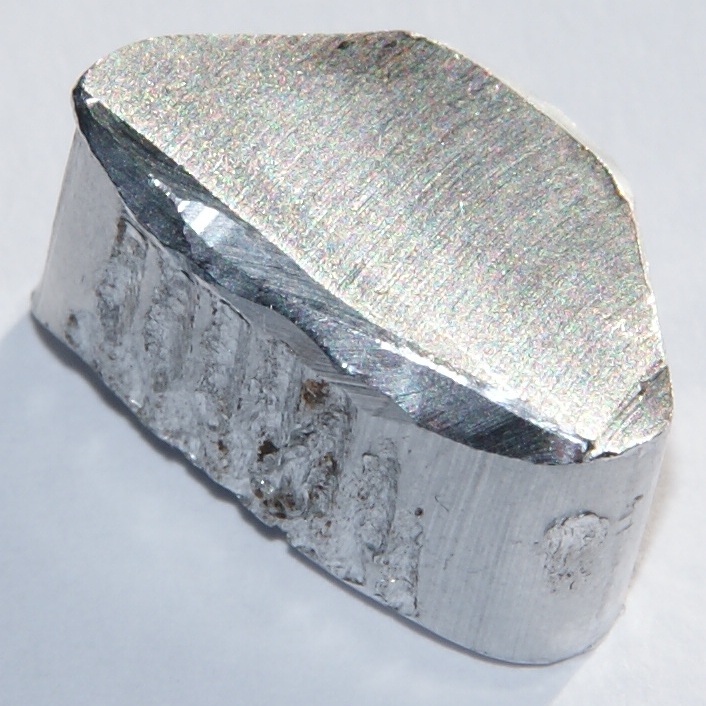2026 Conference Announcement
Registration Now Open!
Registration is now open for the 2026 REMADE® Circular Economy Technology Summit & Conference, March, 10-11, 2026 in Washington D.C.
Register now, Early Bird pricing is available for a limited time!
Take advantage of complimentary registration* for your team by becoming a conference sponsor at the bronze, silver, gold or platinum level.
* The number of complimentary registrations is determined by level of sponsorship.
RFP 25-02
The Institute is seeking proposals for demonstration, verification and validation (DV&V) projects that will be expected to demonstrate the technology meets the performance levels required by the supply chain and the economic targets accepted by the market. This RFP represents up to $6 million investment in supplemental funding.
The REMADE Institute®
In partnership with industry, academia, trade organizations, and national labs, REMADE® and its members develop technologies to enhance U.S. manufacturing competitiveness, increase material recovery and efficiency, and strengthen the resilience of the U.S. supply chain.
Technology Focused
Major Initiatives
The REMADE Institute® is leading six major technology initiatives to increase the reuse, remanufacturing and recycling of energy-intensive materials and meet the nation’s multiple manufacturing, supply chain, energy and economic goals.
Technology Projects
REMADE® has invested nearly $100 million in nearly 100 advanced manufacturing research and development projects to increase U.S. manufacturing competitiveness, strengthen domestic supply chain resilience, and grow the American workforce. Browse our project database to learn more.
Critical Minerals Recovery & Recycling
REMADE® and its members are developing advanced technologies to recover and recycle critical and key materials for U.S. manufacturing, including 11 critical minerals.
Did You Know?
Recycling is indispensable to the security & sustainability of critical minerals
Recycling reduces new mine development needs by 40% for copper and cobalt, and by 25% for lithium and nickel by 2050. The market value of recycled energy transition minerals [is projected to grow] fivefold, reaching $200 billion by 2050.
More Than the Power of One
Together, we have the power to accomplish what no one organization could on its own.
- REMADE Members
- Congressional Districts
- REMADE Research Project Locations
Our Goals

INCREASe
U.S. Manufacturing Competitiveness

INCREASe
U.S. Supply Chain Resilience

INCREASe
U.S. Economic Growth & Job Creation

INCREASe
Reuse, Remanufacturing, Recovery & Recycling of Critical and Key Materials

reduce
Primary Materials Consumption

increase
Supply & Use of Secondary Materials

decrease
Energy Use & Emissions

achieve
Cost & Energy Parity between Primary & Secondary Materials
REMADE® Membership by the Numbers
- Generated annual global revenues of $900 billion+ in 2024
- Global workforce of approximately 1.4 million employees
- Over 55% of industry members are small and mid-sized businesses
- Located in 44 states
- Member trade associations represent 6,900+ organizations
What We Do
Innovative R&D
Partnership Opportunities
Workforce Training
Featured R&D Projects
Accelerating the Transition to a Circular Economy
Today, manufacturing accounts for 25% of U.S. energy consumption at a cost to U.S. manufacturers of $150 billion.
Our experts, together with our partners, are working to reduce those amounts and, in the process, enhance U.S. manufacturing competitiveness, increase material efficiency, and strengthen the resiliency of the U.S. supply chain.

Thank You!
The REMADE Institute, in partnership with the Ellen MacArthur Foundation and with support from the U.S. Department of Energy, hosted the third-annual REMADE℠ Circular Economy Technology Summit & Conference on Thursday and Friday, April 10-11, 2025, in Washington, D.C.
Thank you to everyone that attended this years’ conference and to all that sponsored, spoke, and presented. Your participation helped to create a one unified, in-depth, multidisciplinary, action-based scientific conference.

Call for Papers!
***DEADLINE EXTENDED***
The REMADE Institute, in partnership with the Ellen MacArthur Foundation and with support from the U.S. Department of Energy’s Office of Energy Efficiency and Renewable Energy (EERE), is pleased to announce a Call for Papers in preparation for the third-annual REMADE℠ Circular Economy Technology Summit & Conference, which will take place Thursday and Friday, April 10-11, 2025, in Washington, D.C.
The deadline for abstracts for the Call for Papers, which includes a list of suggested topics, has been extended. Abstracts are now due Dec. 6, 2024. Submissions from academic researchers, industry innovators, and others, including international experts, are strongly encouraged.

2025 Member Meeting
Learn more about the Institute’s Annual Member Meeting on Wednesday April 9th, 2025, in Washington D.C. held at the National Press Club taking place the day before our 2025 REMADE Circular Economy Tech Summit & Conference.
Impacts & Metrics
The REMADE Institute is committed to accelerating the adoption of the Circular Economy through the ongoing development of cutting-edge sustainable manufacturing technologies to make real, near-term impacts. These impacts include enhancing U.S. manufacturing competitiveness, increasing material efficiency, and strengthening the resiliency of the U.S. supply chain.



























































